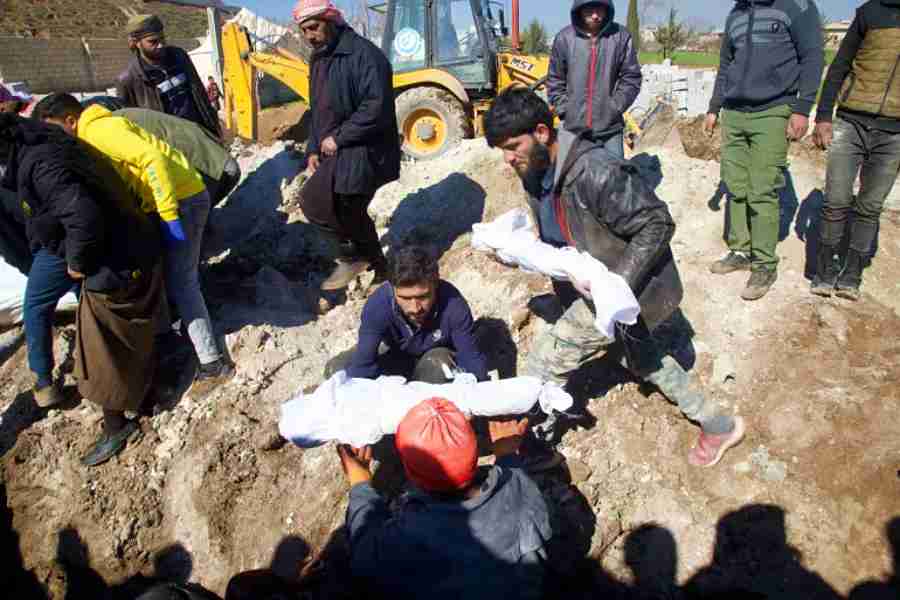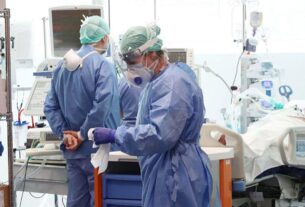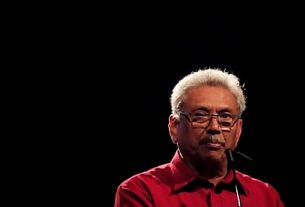Mon 13 February 2023:
Jandaris, Syria – Hundreds of men were moving around in an open field in Jandaris, northwestern Syria. They seemed hard at work, lifting, calling out to each other, and carrying things around.
Upon closer inspection, the grim reality was revealed: The field was a cemetery which had not been much in use before the devastating earthquakes that hit southern Turkey and northwestern Syria on February 6.
Now, it had become the site of mass graves, long trenches dug to inter hundreds of people who died in the quakes and their aftermath.
Men were rushing back and forth, unloading bodies wrapped in shrouds or body bags from trucks and passing them to others who were digging trenches big enough to accommodate 100 to 130 people a day.
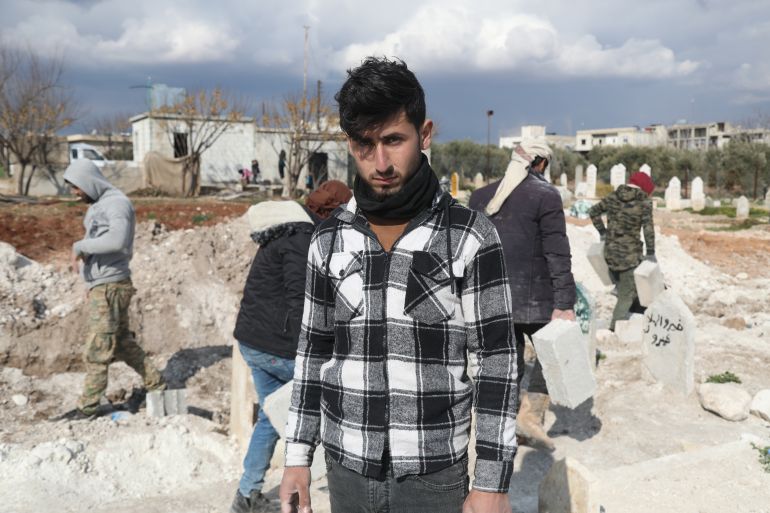
Al-Ibrahimi and his family were already internally displaced, so the earthquakes did not damage their tents [Ali Haj Suleiman/Al Jazeera]
Some bodies had to be lifted and carried by two men. Many others were tiny, clutched in the arms of men with shock written all over their faces as they carried the babies over to the trenches.
Jihad Ahmed al-Ibrahimi, 21, was gathering cement breezeblocks, bringing them to be used to line the trenches. The bodies are laid on top of the breezeblocks, and then marble slabs are laid over top of the bodies before the trenches are filled in.
He had been coming every day, to volunteer to help with the burials.

Handing the bodies down to the volunteers standing in the trench [Ali Haj Suleiman/Al Jazeera]
“I live in the camps in Aazaz, me and my family are displaced,” he told Al Jazeera, adding that because he and his family already lived in tents, they did not suffer much earthquake damage.
“But to be honest, we were scared, it was frightening. Then we started thinking how much more frightening it would have been for the people who live in the cities. And we started to worry about our people in the cities because we knew that was where most of the damage would be.
“We heard that the worst damage was in Jandaris, so, me and about 30 or 40 other men come out here every morning to volunteer and help the people here bury their dead here in this cemetery.”

The trenches are lined with breezeblock and marble slabs are laid over top of the bodies [Ali Haj Suleiman/Al Jazeera]
Al-Ibrahimi said the men use their own cars to make the 40km (25 miles) trip to Jandaris in the morning and back again to Aazaz at night, not an easy task in a region where 12 years of war have decimated infrastructure and resources, a situation only made worse by the earthquakes.
The dead people’s names are documented, as much as possible, and small markers are erected near the graves to show the names of those buried there.
“We bury bodies and perform the funeral prayers for the dead,” al-Ibrahimi said. “We’re not here to get paid or anything, we’re doing this for God.
“I’m so very grateful that most of my family and close ones, we were all already displaced and living in the tent camps. But we’re here, doing this work because these people who died here are our families too, that’s what made us come out here to help.”
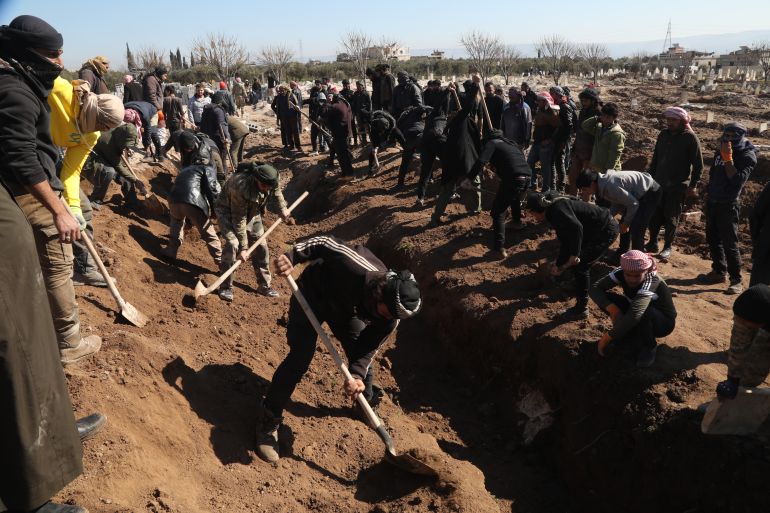
The volunteer gravediggers start filling in the mass grave [Ali Haj Suleiman/Al Jazeera]
___________________________________________________________________________________________________________________________________
FOLLOW INDEPENDENT PRESS:
TWITTER (CLICK HERE)
https://twitter.com/IpIndependent
FACEBOOK (CLICK HERE)
https://web.facebook.com/ipindependent
Think your friends would be interested? Share this story!


